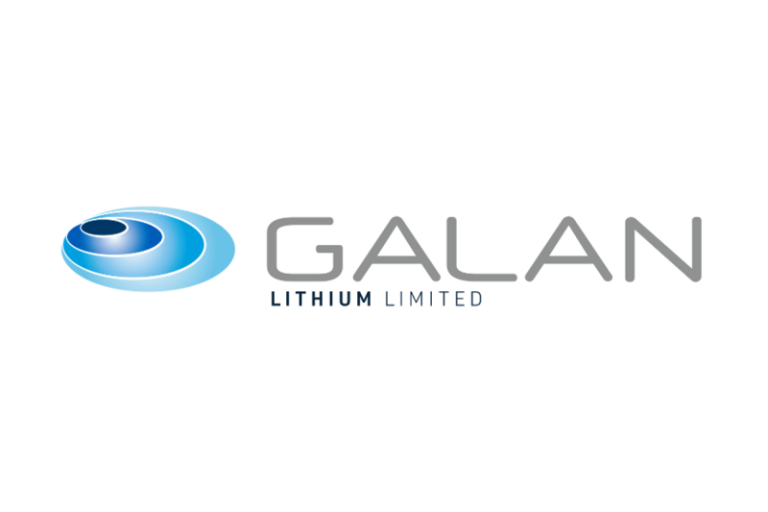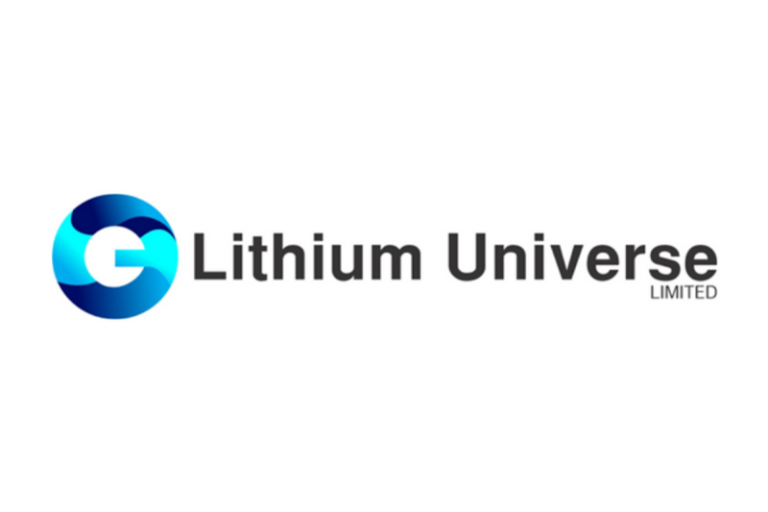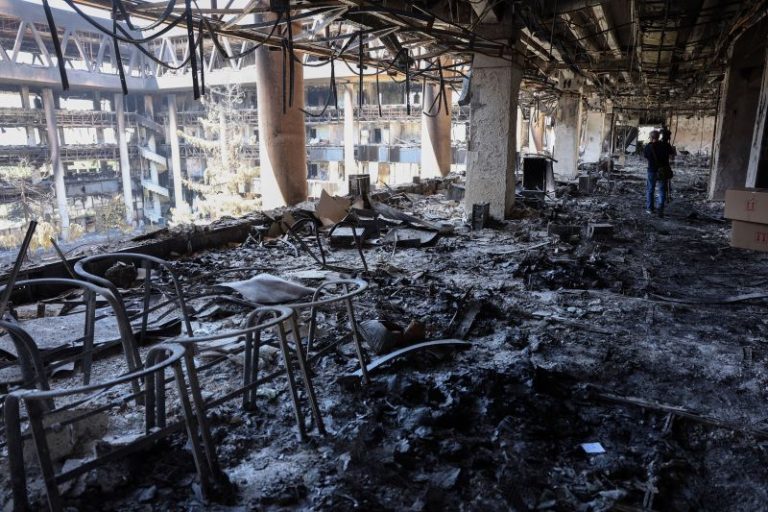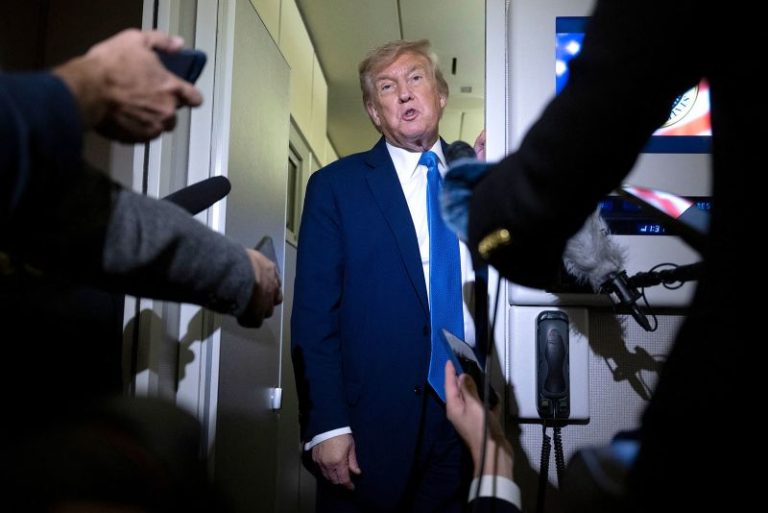The Fed should absolutely stop talking about being “data dependent”. That’s so far from the truth. If they were data dependent, we’d have either seen a rate cut today or Fed Chief Powell would have been discussing one for the next meeting. Inflation reports since the last Fed meeting have been benign. Economic reports, on the other hand, have shown weakness and are pointing to the need for lower interest rates.
Powell was having none of it. During Wednesday’s press conference, one reporter asked the Fed Chief why the Fed was able to lower rates in December, despite knowing that tariffs and their potential impacts were on the way. I thought it was a great question, because Powell was using future tariff impacts on inflation as the primary reason for holding rates steady today. It was a perfect illustration of The Waffler at his best. When another reporter asked Powell about his frequent comments that the Fed is data dependent and that all current data points to the need for an interest rate cut, The Waffler noted the Fed needs to “look ahead”. So which is it? Is interest rate policy being guided by current data or by looking ahead?
This is a repeat of 2021 and 2022. Remember all the inflation news and how The Waffler said inflation was transitory. I guess he was looking ahead when he made those comments. He and his band of wafflers looked ahead and got it wrong. Then, inflation data poured in higher than expected for months and he finally started his data dependency talk.
The Fed has been late to every single party for 7 years now and running. They’re running late again. Eventually, Mr. Waffler will get it right and our major indices will all move to all-time highs. For now, though, the reason for any period of consolidation or, worse yet, selling can be laid at the doorstep of none other than The Waffler.
Personally, I’m exhausted by the constant “listen to what I say until I change it” approach to interest rate policy. Yes, we’ve had a 100-year pandemic and a resulting inflation problem that’s been worse than any since the 1970s. We’ve had two trade wars. I get it. But I firmly believe that the extreme volatility and the four (FOUR!!!!!!!) cyclical bear markets that we’ve endured since The Waffler became the Fed Chief is, in large part, his fault. He was sworn in on February 5th, 2018 and the stock market has been a roller coaster ever since:
Name the last time that the U.S. has seen 4 different cyclical bear markets, all starting from all-time highs, within a 7-year period. Start the Jeopardy music.
His mismanagement of interest rates didn’t start with the pandemic. I wrote an article in December 2018, during his first year, saying that his call for two rate hikes in 2019 would never happen. The next interest rate move? A cut several months later in 2019. Here’s the article I wrote back then as we bottomed in December 2018:
“How The Grinch Stole Christmas” Featuring Jerome Powell
No one has been wrong more than The Waffler.
Now maybe you’re sitting back and saying, “Tom, what’s the big deal? The tariffs are a threat. Why not just wait it out and be sure there are no lingering inflationary pressures?” Well, if you don’t mind the potential of a 5th cyclical bear market before we finally boot this guy to the curb, then I say GO FOR IT. Why try to hasten an economic meltdown when it’s unnecessary? Who believes anything The Waffler says? He said we were going to get two rate hikes in 2019. We got an interest rate cut instead. He said inflation was transitory in 2021. Then the Fed had to start raising rates at an absurd rate, because inflation skyrocketed and he waited way too long to turn hawkish. The stock market bottomed in June 2022 and was returning back towards all-time highs just prior to his infamous “more pain ahead” speech from Jackson Hole, WY on August 26th, 2022. Subsequent to that speech, the stock market fell precipitously for two months before once again finding a new bottom. That entire selling episode was caused solely by his irresponsible remarks.
And now where are we? Holding rates steady while the European Central Bank (ECB) has cut rates for 8 straight meetings. The Waffler will eventually get it right. Unfortunately, a lot of innocent investors and traders will continue to pay the price – until someone finally shows him the exit.
His term expiration cannot get here soon enough for me. GOOD RIDDANCE MR. WAFFLER!
Market Manipulation
I’ve written often about what I call the “legalized thievery” of market makers. The extreme volatility over the past several years has triggered market manipulation like we’ve never seen before. The good news is that once you understand how it works, trading the stock market gets a whole lot easier. At EarningsBeats.com we’ve timed exits out of the stock market almost perfectly, prior to the onset of cyclical bear markets. Missing out on 20%+ declines and then jumping back in at or near major bottoms increases stock market returns dramatically.
It’s time that everyone understands how the stock market works. On Saturday, June 28th, at 10:00am ET, we will be hosting a FREE webinar, “Trading the Truth: How Market Manipulation Creates Opportunity”. This event promises to be a real eye-opener, unless you’re already an EarningsBeats.com member (in which case you’ve already become a seasoned veteran regarding manipulation). Do you want to see big stock market declines before they happen? I will teach you how.
Seating is limited and this event will be packed, I can guarantee you that. PLEASE be sure to register NOW and save your spot. Again, there is NO COST. Registration is easy. Simply CLICK HERE to register and for more information.
(By the way, if you’re not available to attend LIVE on Saturday, June 28th, you should still register. All those who register will receive a copy of the recording after the event and it will be time stamped.)
Happy trading!
Tom










